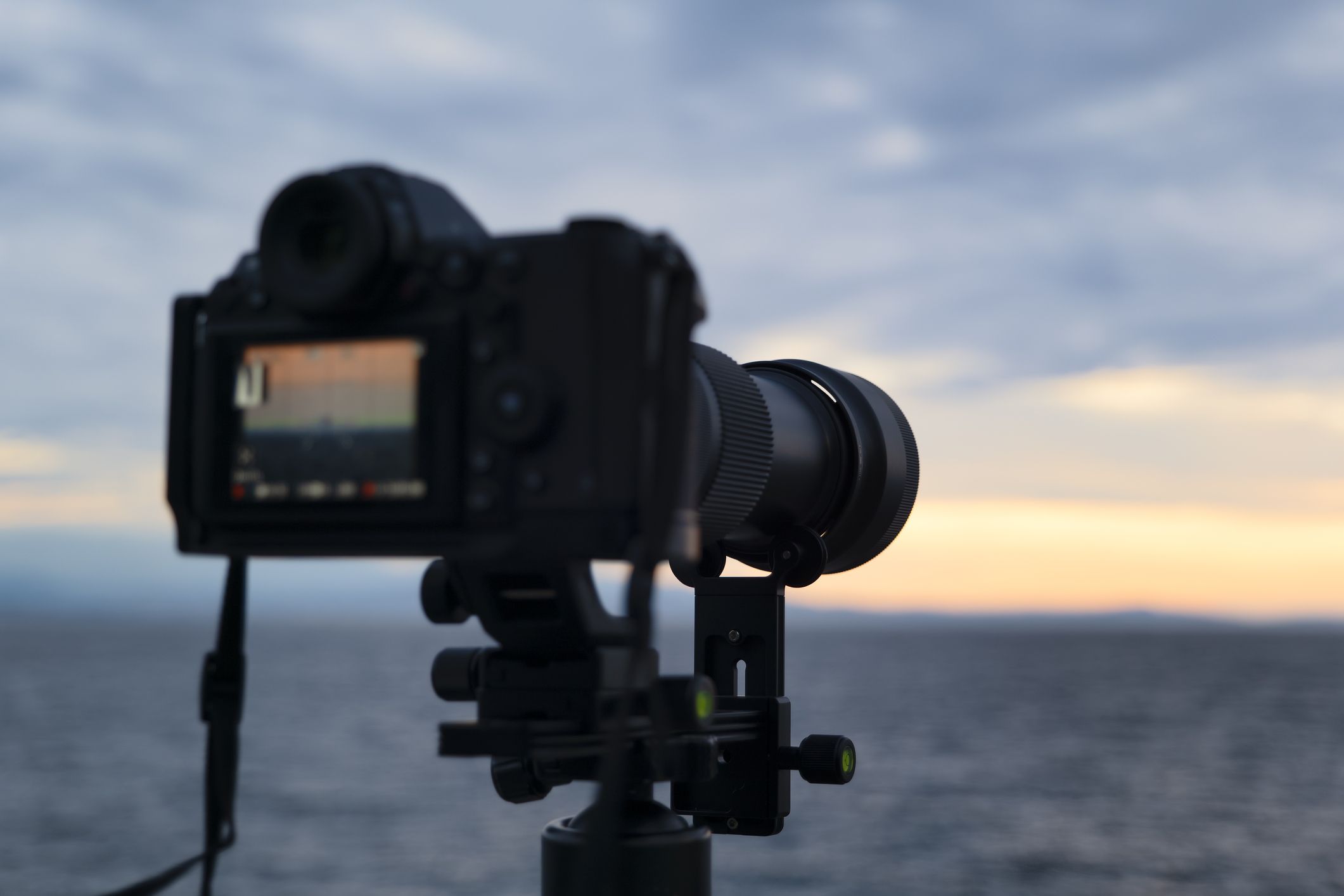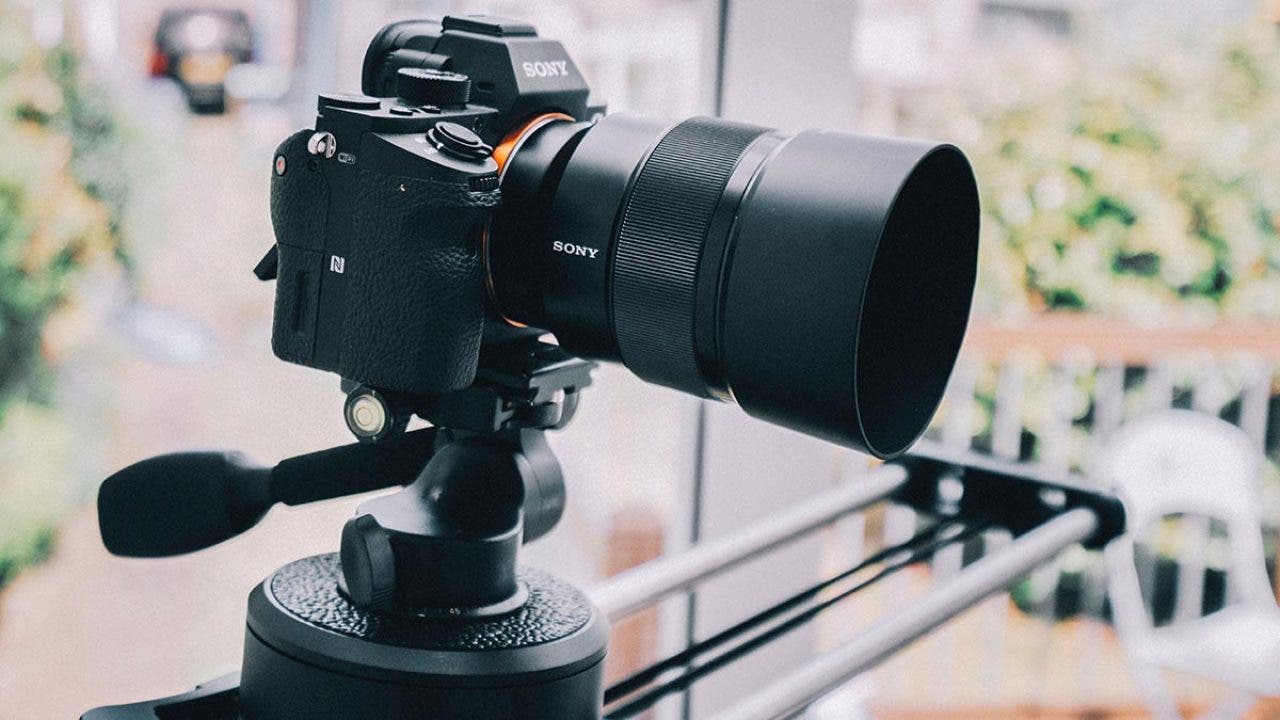How to Set Up Your Mirrorless Camera as a Webcam: Essential Steps for Pros

The Growing Need for High-Quality Webcam Solutions
In an age where remote work and video conferencing have become the norms, the need for high-quality webcam solutions has surged. **Professional photographers** are increasingly seeking methods to leverage their existing gear for superior video quality. Enter the mirrorless cameraa versatile piece of equipment that can double as an outstanding webcam. In this guide, we walk you through how to set up a mirrorless camera as a webcam to elevate your video communication experience.

Why Use a Mirrorless Camera as a Webcam?
Superior Image Quality
There's no denying that mirrorless cameras offer significantly better image quality compared to standard webcams. The larger sensor size, superior lenses, and advanced imaging technology all contribute to a noticeable improvement. This is particularly beneficial for professional photographers who aim to maintain a polished, professional appearance.
Flexibility and Control
With a mirrorless camera, you gain unparalleled control over your footage. Settings such as ISO, white balance, and aperture can be finely tuned to suit various lighting conditions and artistic preferences. Additionally, using different lenses opens up creative possibilities for bokeh and depth of field, making your video calls stand out.

Initial Preparations Before Setting Up
Check Camera Compatibility
The first step in setting up your mirrorless camera as a webcam is to ensure that your camera model supports this functionality. Manufacturers like Sony, Canon, FujiFilm, and Panasonic offer software that enables webcam utility for their cameras. Make sure to download and install the necessary software from the official website of your camera manufacturer.
Gather Necessary Equipment
Setting up a mirrorless camera as a webcam requires some additional hardware:
- A high-quality HDMI cable that is compatible with your camera.
- An HDMI-to-USB capture card, which allows your computer to recognize the camera as a webcam.
- A tripod or a stable mount to position your camera effectively.
- A dummy battery to ensure uninterrupted power supply during extended use.

Step-by-Step Guide to Setting Up Your Mirrorless Camera as a Webcam
1. Install Required Software
Begin by installing the webcam utility software provided by your camera manufacturer. Here are links to some popular ones:
2. Connect Your Camera to the Computer
Once the necessary software is installed, connect your mirrorless camera to the computer using the HDMI cable and the HDMI-to-USB capture card. Insert the capture card into an available USB port on your computer. Switch on your camera and set it to video mode.
3. Configure Camera Settings
Fine-tune your camera settings for optimal video quality:
- Set the resolution and frame rate to 1080p at 30fps or 60fps.
- Adjust the white balance to match your ambient lighting.
- Set the ISO to a lower value to minimize noise.
- Select an appropriate aperture to ensure a balanced depth of field.
4. Select Your Mirrorless Camera as Video Source
Open your preferred video conferencing or streaming software. Navigate to the settings menu and select your mirrorless camera (it will appear as the HDMI capture device) as the video input source. Be sure to test the feed to ensure everything is functioning correctly.
Troubleshooting Common Issues
No Signal or Black Screen
If you encounter a black screen or no signal, ensure all cables are securely connected. Also, verify that your camera is correctly set to video mode and that the capture card is functioning properly. Restart your computer if necessary.
Audio Issues
For audio, it's recommended to use a dedicated microphone rather than your camera's built-in microphone to achieve superior sound quality. Ensure that your microphone is selected as the audio source in your video conferencing software.
Advanced Tips for Professional Use
Leveraging your mirrorless camera for professional video calls opens up numerous creative opportunities. Here are some advanced tips:
Use Prime Lenses
Consider using prime lenses for exceptional sharpness and creative control over depth of field. Prime lenses with a wider aperture can enhance bokeh, adding a professional touch to your video.
Lighting Setup
Invest in quality lighting equipment. Softboxes, ring lights, and LED panels can significantly enhance your video quality, minimizing shadows and ensuring even lighting.
Monitor and Test Regularly
Regularly monitor your setup and make adjustments as necessary. Periodic testing ensures that all equipment functions effectively, delivering consistent high-quality video.
Useful Resources
For further insights and tutorials, you may explore the following articles:
- Mirrorless Camera System
- Why is it called Mirrorless Camera
- Mirrorless Camera vs. DSLR
- Why Go Mirrorless
- Advantages of Mirrorless Cameras
FAQs
Can I use any mirrorless camera as a webcam?
Not all mirrorless cameras support webcam functionality. Check your manufacturers website to ensure compatibility and download the necessary software.
What resolution should I set my camera to?
For most video conferencing needs, 1080p at 30fps or 60fps is recommended for a good balance of quality and performance.
Do I need additional lighting?
While not mandatory, additional lighting like softboxes or LED panels can significantly improve video quality, especially in low-light conditions.
Conclusion
Setting up your mirrorless camera as a webcam can dramatically elevate the quality of your video conferencing. Armed with essential steps and advanced tips, professional photographers can maintain their high standards of visual excellence in every video call. For more tips on using mirrorless cameras, visit this comprehensive guide by Nick Dale.
As an Amazon Associate, I earn from qualifying purchases.

